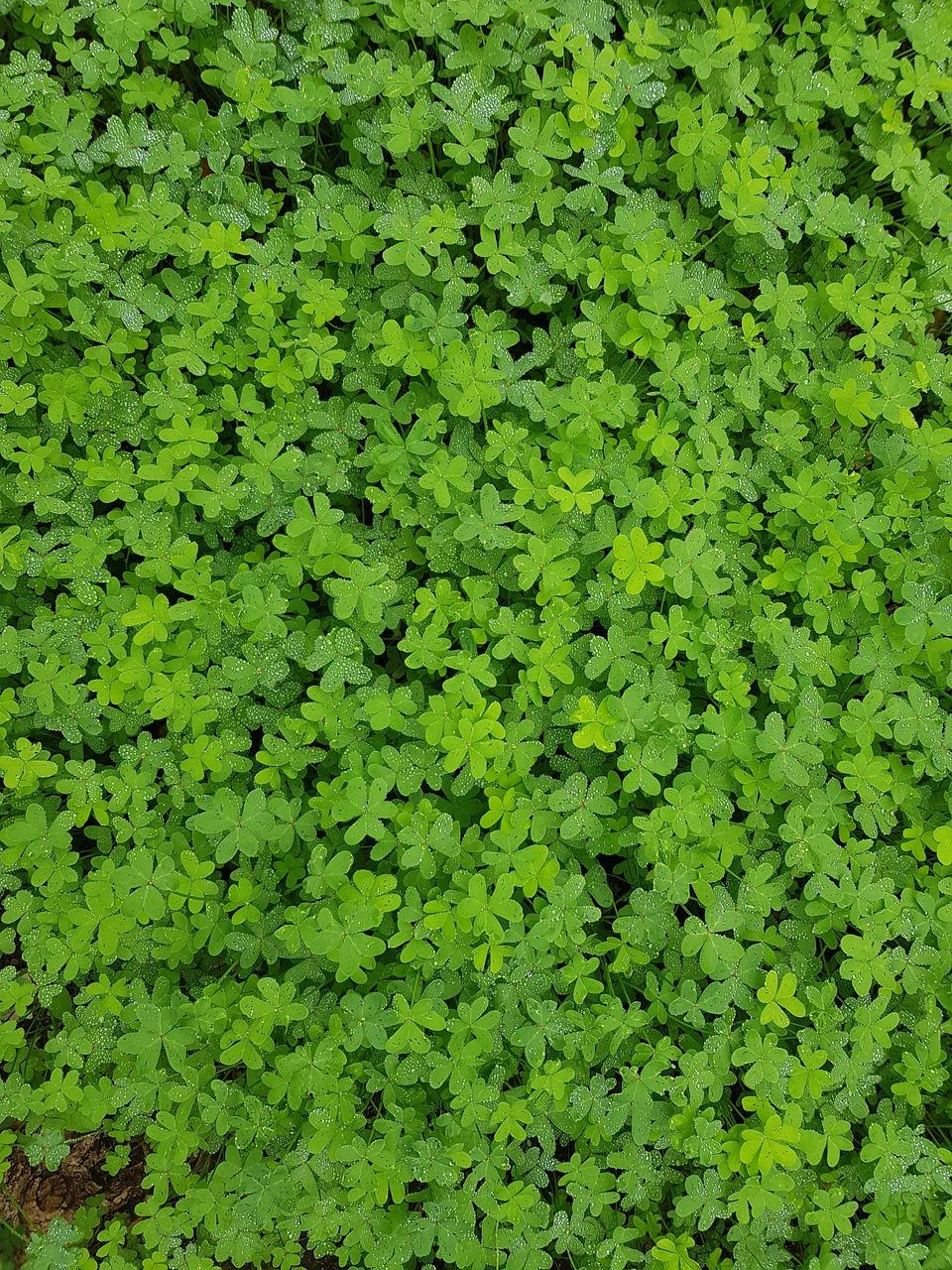Imagine stepping into a world where vibrant clover patches sprout in lieu of the monotonous green carpets of traditional lawns. As homeowners and landscape designers increasingly seek sustainable alternatives, the humble clover is stepping into the spotlight, drawing attention for it’s myriad benefits over conventional grass. In this exploration of “clover vs Grass,” we delve into the reasons behind this green revolution and uncover why designers are championing clover as the lawn of the future. From its low maintenance needs and ecological advantages to its aesthetic charm, let’s discover how clover is redefining outdoor spaces and challenging the age-old notion of what a lawn should be.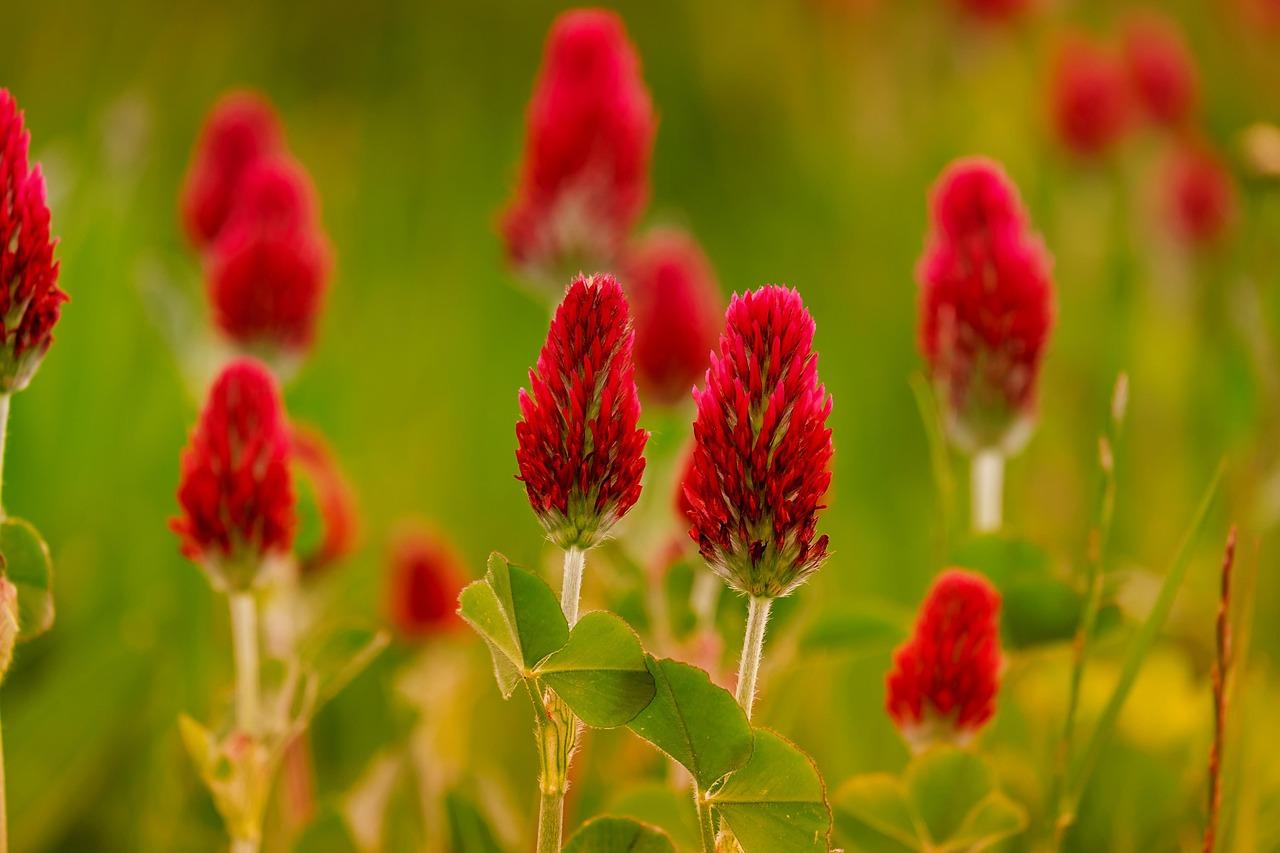
Exploring the Aesthetic Appeal of Clover in Landscape Design
The allure of clover lies not just in its vibrant green hue, but in its ability to create a lush, inviting landscape that stands out from traditional grassy lawns. With options like white, red, and micro clover, designers have a palette of choices that enhances visual interest. Clover’s unique texture contrasts beautifully with other plants and flowers, making it a versatile element in landscape design. Its delicate foliage can soften hardscapes,complementing stone pathways or patios while adding a touch of natural elegance.
Beyond aesthetics, clover also offers practical benefits that enhance its visual appeal. as a nitrogen-fixing plant, it improves soil quality, promoting healthier vegetation in the surrounding areas. This ecological advantage can lead to lush plant growth and vibrant colors in garden beds, creating a harmonious landscape. Additionally, clover’s low maintenance requirements mean less time and money spent on upkeep, allowing designers to focus on the beauty of the overall space.
| Attribute | Clover | Grass |
|---|---|---|
| Visual Variety | ✔️ | ❌ |
| Soil Benefits | ✔️ | ❌ |
| Water Usage | Less | More |
| Pest Resistance | ✔️ | ❌ |
The integration of clover in landscape design not only enhances the visual appeal but also fosters an environmentally amiable ecosystem.By embracing clover, designers and homeowners alike can cultivate spaces that are not only beautiful but also support biodiversity and sustainable practices.This shift away from traditional lawns invites greater creativity and personal expression, allowing landscapes to reflect the unique character of their surroundings.
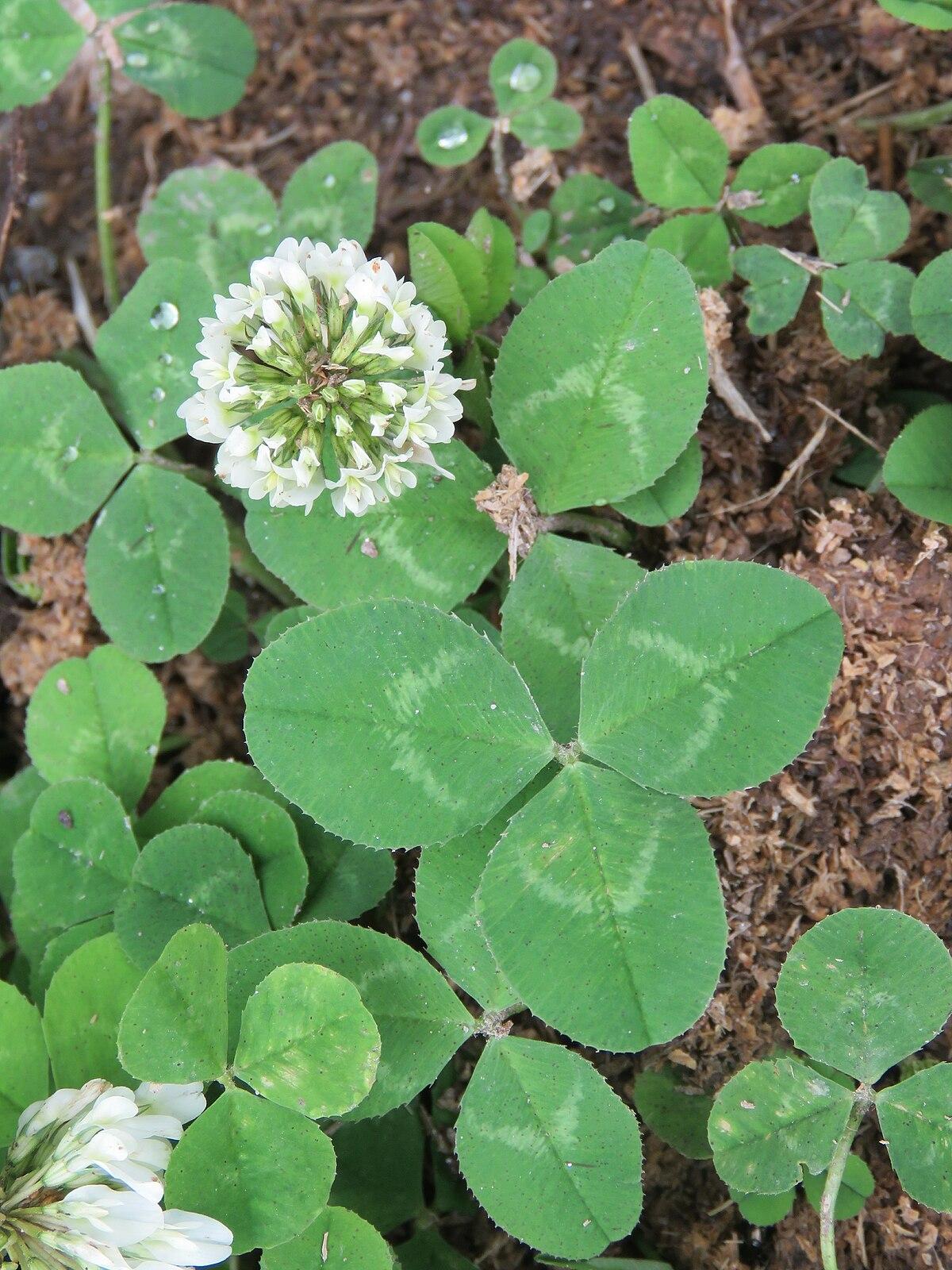
Environmental Benefits: Why Clover Outshines Grass
Clover is a true champion when it comes to environmental benefits, offering a sustainable alternative to traditional grass lawns. By choosing clover,homeowners can significantly reduce their water usage,as this hardy plant thrives in a variety of conditions and requires less irrigation compared to grass.This drought-resistant nature not only conserves water but also makes clover a more resilient choice for your landscape.
Additionally, clover plays a vital role in enriching the soil. Its ability to fix nitrogen thru its root system means that it naturally fertilizes itself and surrounding plants, reducing the need for synthetic fertilizers that can harm the ecosystem. This natural process aids in promoting biodiversity in your garden while minimizing chemical runoff into local waterways.
Moreover, clover-covered lawns support a flourishing ecosystem. These vibrant plants attract beneficial pollinators such as bees and butterflies, essential for the health of our food systems. By creating a habitat for these vital species, clover contributes to a healthier environment overall. Here’s a quick comparison of the environmental impacts of clover versus grass:
| Aspect | Clover | Grass |
|---|---|---|
| water Needs | Low | High |
| Nitrogen Fixation | Yes | No |
| Pollinator Support | Excellent | Poor |
| Soil Erosion Resistance | High | Medium |
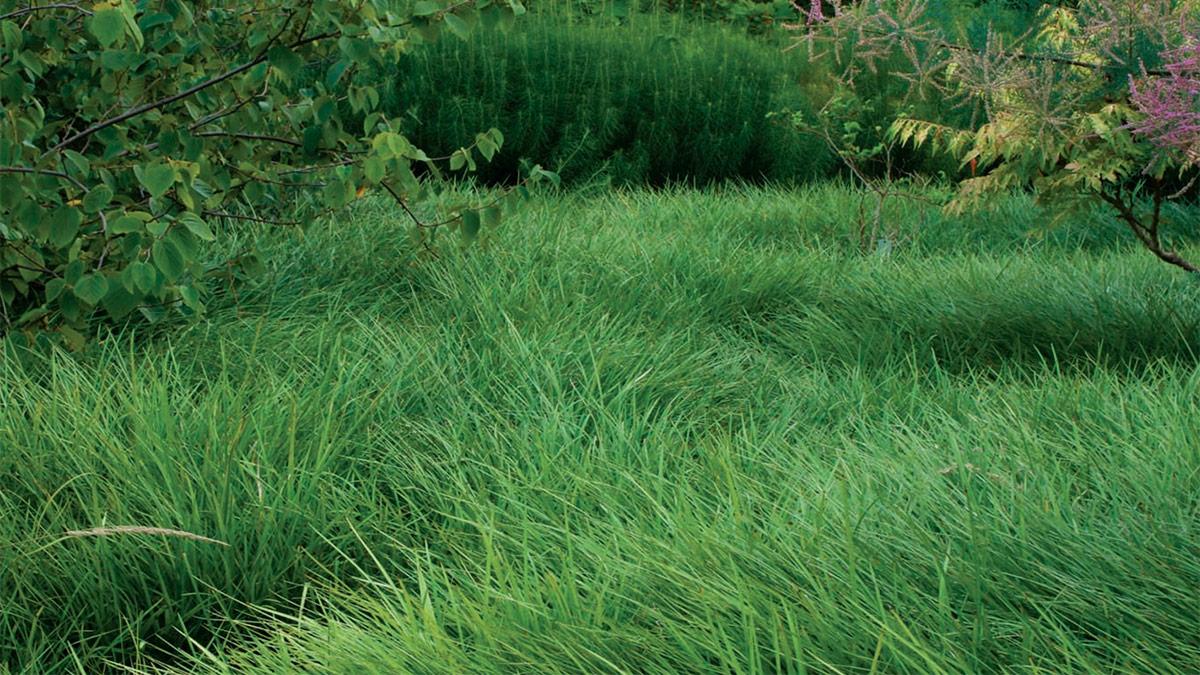
Maintenance Made Easy: The Case for Low-Care Lawns
In an era where sustainability meets aesthetics, low-care lawns have risen to prominence as a viable alternative to traditional grass. Homeowners and landscape designers are steadily turning toward clover and other ground covers, not only for their lush appearance but also for the considerable maintenance advantages they provide. These resilient varieties require less frequent mowing, watering, and fertilization, making them a perfect choice for those seeking to reduce their ecological footprint without compromising on beauty.
One of the most notable benefits of opting for clover is its natural ability to fix nitrogen in the soil. this feature eliminates the need for synthetic fertilizers, which can harm the environment and waterways. Moreover, clover lawns are drought-resistant and can survive with minimal irrigation, an essential factor in areas experiencing water shortages. The following are key advantages of choosing low-care options:
- Reduced Water Usage: Less frequent watering helps conserve this precious resource.
- Lower Maintenance Costs: Minimal mowing and fertilization mean cost savings in both time and money.
- Enhanced biodiversity: Supports pollinators and other wildlife, contributing to a healthier ecosystem.
Imagine stepping outside to a vibrant,green expanse that never requires you to break a sweat with a mower. Embracing clover not only transforms the landscape but also enhances the quality of life around it. Below is a comparison of the key characteristics of clover and traditional grass lawns, highlighting why many designers and homeowners are making the switch.
| Clover | Traditional Grass |
|---|---|
| Low Maintenance | High Maintenance |
| Drought Resistant | Requires Regular Watering |
| Natural Nitrogen fixation | Dependent on Chemical Fertilizers |
| Supports Biodiversity | Limited Support for Wildlife |
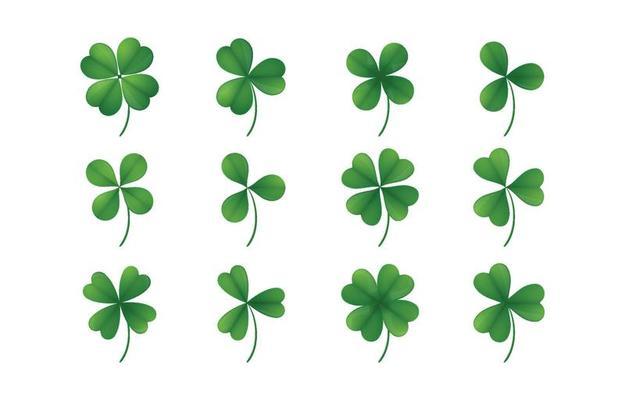
Adapting to Climate Change: Resilient Landscapes with Clover
as climate change manifests through rising temperatures, erratic rainfall, and increased drought, the demand for sustainable landscaping solutions has never been more pressing. Clover, with its ability to thrive in diverse conditions, emerges as a champion of adaptability. unlike traditional grasses that require copious water and frequent mowing, clover forms a resilient ground cover that not only holds moisture in the soil but also requires minimal maintenance. Gardeners and landscape designers are increasingly incorporating it due to its capability to withstand challenging climates while providing a lush, green appearance.
This shift to clover reveals a commitment to environmental stewardship. Clover’s unique capacity to fix nitrogen into the soil reduces the need for synthetic fertilizers, enriching the ecosystem naturally. Consider the benefits:
- Drought Tolerance: clover requires less water than many grass varieties, making it ideal for regions facing water scarcity.
- Soil Health: By enriching the soil, clover fosters healthier plant life in the surrounding environment.
- Biodiversity Promotion: Clover attracts pollinators like bees, enhancing local biodiversity and supporting vital ecosystems.
Moreover, clover landscapes often present a visually appealing alternative to conventional lawns. With varieties such as white clover and micro clover, the aesthetic versatility opens new design possibilities. In transforming spaces, designers can utilize clover in a range of applications—from residential yards to public parks, creating functional and beautiful environments. below is a summary comparison of clover and grass that highlights key differences:
| Feature | Clover | Grass |
|---|---|---|
| Water Requirements | Low | High |
| Maintenance | minimal | Frequent Mowing |
| Soil Enrichment | Nitrogen Fixing | Requires Fertilizers |
| Pollinator Friendly | Yes | No |
Q&A
Q&A: Clover vs Grass – Why Designers Are Swapping Traditional Lawns
Q1: What sparked the trend of replacing traditional grass lawns with clover?
A1: The shift towards clover is driven by a combination of environmental consciousness and a desire for low-maintenance landscaping. As more designers recognize the benefits of clover—such as its drought resistance, ability to attract pollinators, and lower carbon footprint—the clover trend has gained momentum in both residential and commercial spaces.
Q2: What are the key benefits of clover compared to traditional grass?
A2: Clover offers several advantages: it requires less water than grass, thrives in poor soil, and is naturally pest-resistant. Additionally, clover’s nitrogen-fixing ability enriches the soil, reducing the need for chemical fertilizers. With its lush, green appearance, clover also provides a soft, resilient surface that can handle foot traffic, making it a practical choice for lawns and play areas.Q3: How can clover enhance biodiversity in landscaping?
A3: by choosing clover over grass, designers nurture a habitat that supports a broader range of wildlife. Clover flowers attract bees, butterflies, and other beneficial insects, contributing to local ecosystems. This choice promotes a healthier environment and encourages sustainable practices in gardening and landscaping.
Q4: Is clover less labor-intensive than maintaining a traditional grass lawn?
A4: Absolutely! Clover requires significantly less maintenance. It doesn’t need frequent mowing or watering and can withstand periods of drought. As a result, homeowners and landscape designers save time, effort, and resources, allowing them to enjoy their landscapes without the constant upkeep that grass demands.
Q5: Are ther any aesthetic drawbacks to using clover instead of grass?
A5: While personal preference plays a significant role, many find clover charming with its lush greenery and charming white or purple flowers. However, some people miss the uniformity and manicured look of a traditional grass lawn. Designers often blend clover with other low-growing plants to create unique textures and colors that can satisfy both aesthetic and functional needs.Q6: How do climate and local conditions affect the choice between clover and grass?
A6: Climate plays a critical role in determining the best ground cover. Clover thrives in temperate zones and may struggle in extreme conditions, whereas certain grass types might potentially be ideal for warmer or colder climates. It’s essential for designers to analyze local soil conditions, rainfall patterns, and temperature fluctuations to make an informed choice that ensures longevity and sustainability.
Q7: Will switching to clover significantly impact water usage?
A7: Yes, it can yield a ample reduction in water consumption. Clover is naturally drought-resistant, requiring less irrigation compared to traditional grass lawns. As communities increasingly face water scarcity, this shift not only helps conserve a vital resource but also aligns with sustainable landscaping practices.
Q8: Can clover lawns co-exist with traditional grasses?
A8: certainly! Many designers are opting for mixed lawns that combine clover with traditional grass species. This hybrid approach enhances aesthetic appeal, improves soil health, and creates a diverse ecosystem that benefits both plants and wildlife. It’s a win-win for those seeking the best of both worlds!
Q9: What steps can homeowners take to transition from grass to clover?
A9: The transition can begin with choosing the right clover variety suited for the locale. Homeowners should prepare their existing lawn by mowing short and removing thatch, followed by broadcasting clover seeds.Once established, clover requires minimal input, allowing homeowners to enjoy a vibrant, low-maintenance lawn.
Q10: what future trends might we see in lawn design beyond clover?
A10: The future might present a rise in native plant landscaping, which emphasizes using local flora to support biodiversity. designers may also explore innovative, edible landscapes that incorporate herbs and vegetables within lawns.As eco-consciousness grows, sustainable practices will continue to shape the future of landscaping, pushing the boundaries of traditional lawn aesthetics.
—
This Q&A provides readers with thoughtful insights into the reasons behind the shift from grass to clover, while maintaining a neutral tone that presents both sides of the argument.
In Retrospect
In the ongoing conversation about our outdoor spaces,the choice between clover and grass reflects more than mere aesthetics; it embodies a shift toward sustainability,practicality,and resilience. As designers and homeowners alike reevaluate their landscapes, clover emerges not just as a viable alternative, but as a symbol of a broader movement toward eco-conscious living. With its lush greenery, ability to thrive with less water, and nectar-rich blooms that invite pollinators, clover stands as a testament to nature’s ingenuity.
So as we consider the future of our lawns, let us embrace this evolution. Whether you’re contemplating a fashionable cottage garden or an environmentally-friendly backyard, the decision to swap traditional grass for clover may just be the first step toward creating a more harmonious relationship with our environment. Every blade of grass that gives way to a patch of clover is not just a design choice—it’s an invitation to rethink what it truly means to cultivate beauty in our outdoor spaces.
